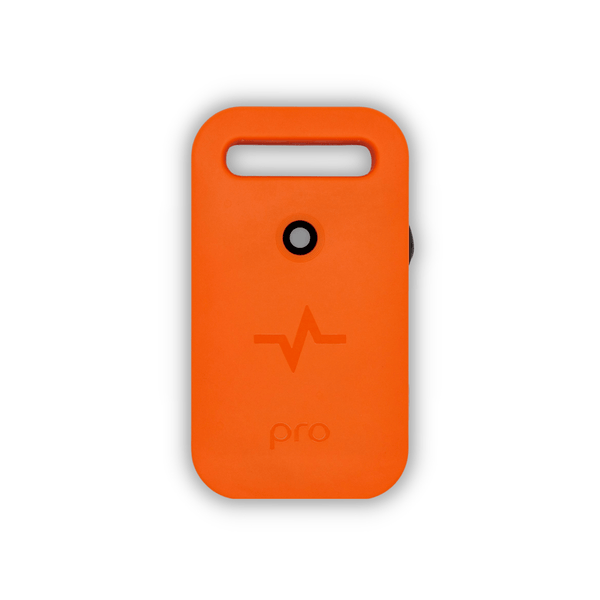FNG Grower
Well-Known Member
This is my first post in several years. Just getting back into the indoor gardening scene, and I’m already going to piss off a bunch of people on this forum. I got excited about new technologies since my last grow, but I fear it’s all just another marketing stunt. Here it is.
Can we all just agree that PAR is almost as worthless as Lumens? Someone please correct me if I’m wrong, but PAR is nothing more than a measure of lumens between 400nm and 700nm. Without knowing which specific frequencies of light have what level of intensity, what does a PAR rating really tell us?
In the PAR spectrum, plants really want frequencies of light centered around (in nanometers) 430, 445, 450, 475, 640, 660, and a few others in trace amounts. If your brand new $800 LED fixture pumps out a zillion ppfd at 550nm but almost nothing at the previously mentioned frequencies, then you would be wasting your money on a plant cooker. Yet it would still look great on paper compared to all those low-PAR models.
Feel free to hate me. Just be prepared to back up what you have to say. I would love to hear from those who have been growing since the dawn of HID, and especially those who have moved on to newer technologies.
Can we all just agree that PAR is almost as worthless as Lumens? Someone please correct me if I’m wrong, but PAR is nothing more than a measure of lumens between 400nm and 700nm. Without knowing which specific frequencies of light have what level of intensity, what does a PAR rating really tell us?
In the PAR spectrum, plants really want frequencies of light centered around (in nanometers) 430, 445, 450, 475, 640, 660, and a few others in trace amounts. If your brand new $800 LED fixture pumps out a zillion ppfd at 550nm but almost nothing at the previously mentioned frequencies, then you would be wasting your money on a plant cooker. Yet it would still look great on paper compared to all those low-PAR models.
Feel free to hate me. Just be prepared to back up what you have to say. I would love to hear from those who have been growing since the dawn of HID, and especially those who have moved on to newer technologies.






